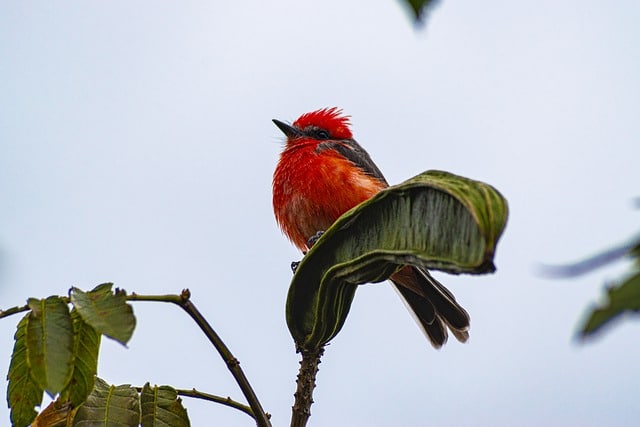
Dionaea muscipula, a carnivorous plant, is called a flytrap.
Flytrap is a term used in the field of botany to refer to different kinds of plants . As can be seen, the concept derives from the combination of the verb catch (to grab, capture) and the noun fly (an insect).
Generally, the notion refers to the species known scientifically as Dionaea muscipula . The flytrap is a carnivorous plant : it obtains nutrients from the insects it hunts through specialized structures.
Features of the flytrap
The flytrap is native to the American continent and belongs to the Droseraceae family group. All species of this type have glands that secrete a viscous substance , which allows them to catch and direct small animals , especially insects .
In the specific case of the flytrap, it has a large number of very small glands on the upper part of the leaves, where it also has sensitive hairs. In this way, if an insect lands on a leaf and touches the hairs, the leaf in question closes on itself to immobilize the animal , while the glands secrete a liquid that makes digestion possible.
It is interesting to note that the flytrap is capable of developing what is known as rapid plant movement or rapid plant movement . This is the name given to tropism that takes place in a very short period of time. The flytrap trap, in this setting, closes in less than a second.
Its habitat
Thanks to its ability to adapt, the flytrap is cultivated in numerous regions. However, it is native to the southeastern United States . It grows naturally in wetlands and swamps with peat or sandstone soil.
The flytrap can live as a houseplant , although it requires the conditions of its natural habitat to be reproduced. At a general level, it can be said that it tolerates up to about 5 ºC in winter and up to 26 ºC in summer.
Other species known as flytraps
As we indicated above, Dionaea muscipula is not the only plant that receives the common name of flytrap. Several species of the genus Pinguicula are also called this way, such as Pinguicula vallisneriifolia , Pinguicula longifolia and Pinguicula grandiflora .
Dracunculus vulgaris , meanwhile, is called flytrap, dragonet, shingles or serpentaria, for example . It is a perennial plant that can reach a height of more than one meter and is poisonous.

The Pyrocephalus rubinus is known as the red-breasted flytrap.
numerous birds
The idea of flytraps does not only appear in the field of botany. In zoology we also find this word to refer to various birds.
The yellow flytrap ( Capsiempis flaveola ), the striped flytrap ( Myiodynastes maculatus ), the striped-breasted flytrap ( Myiophobus fasciatus ), the chestnut-tailed flytrap ( Terenotriccus erythrurus ), the red-breasted flytrap ( Pyrocephalus rubinus ), the black-crested flytrap ( Myiarchus tuberculifer ), the Picon flytrap ( Megarynchus pitangua ), hairless flytrap ( Camtostoma obsoletum ), oxpecker flytrap ( Machetornis rixosa ) and robber flytrap ( Legatus leucophaiu s) are birds that share the name.
fly traps
In colloquial language , a flytrap is a device or contraption designed to capture flies . It may be a commercially available artifact or a homemade item.
To make a flytrap at home, you usually place a sweet mixture in a container since sugar attracts flies. Then we try to ensure that the insects are somehow trapped inside.
